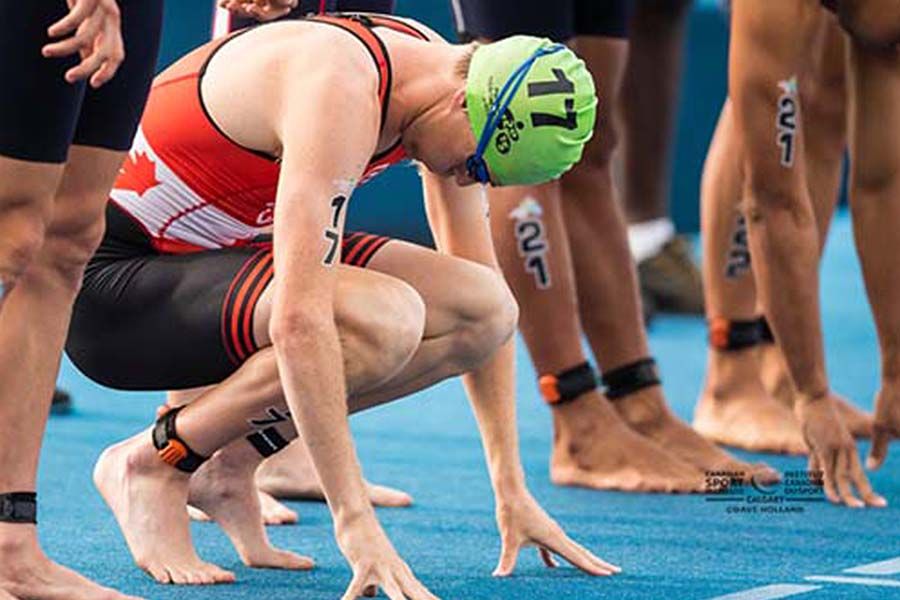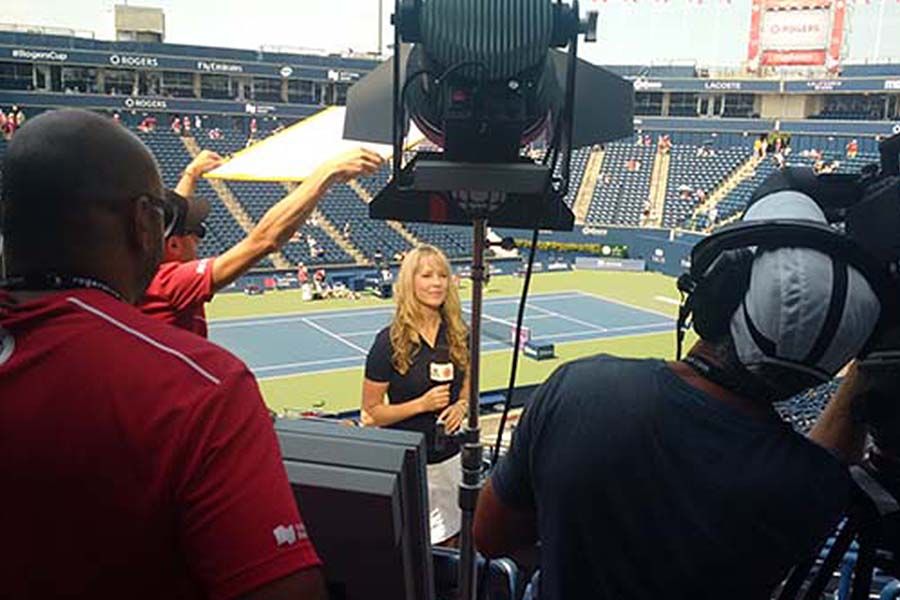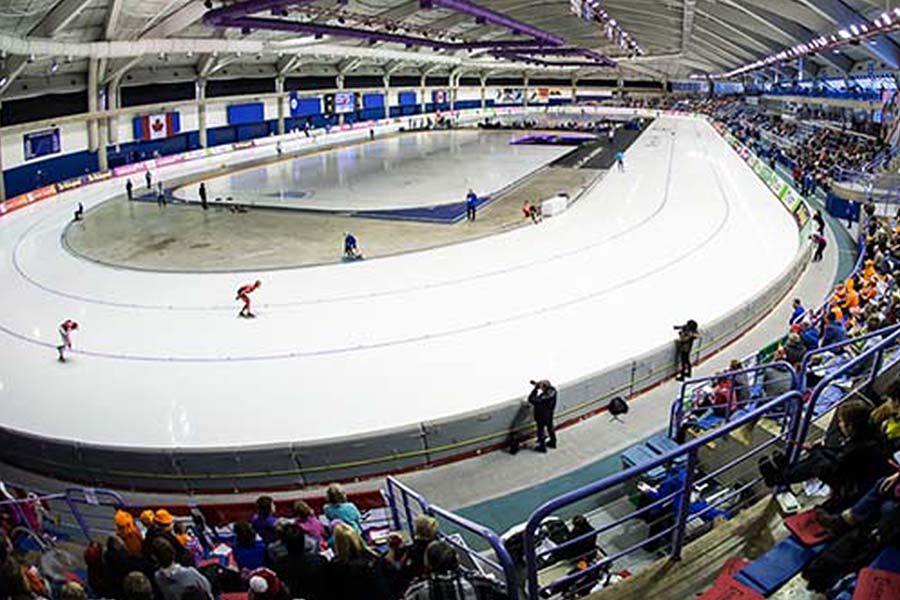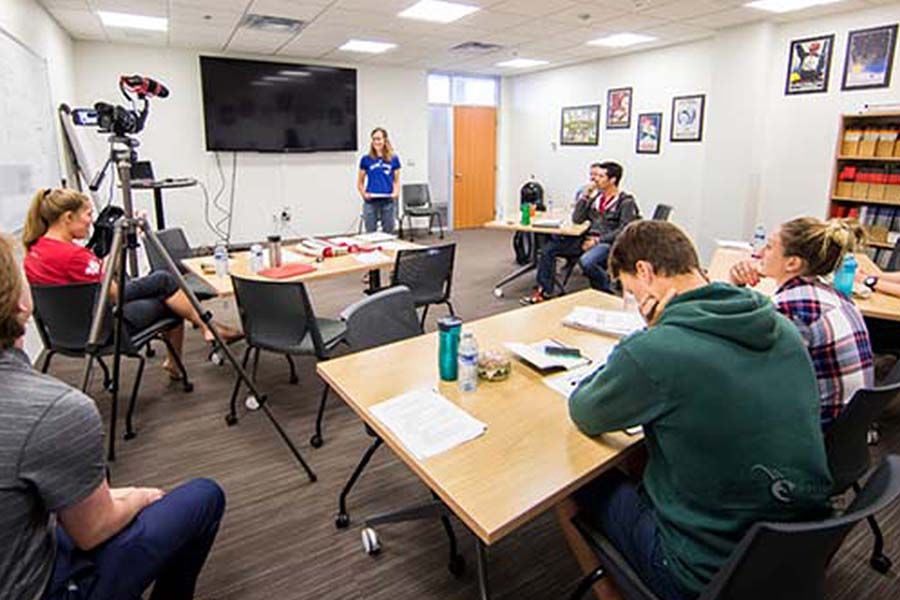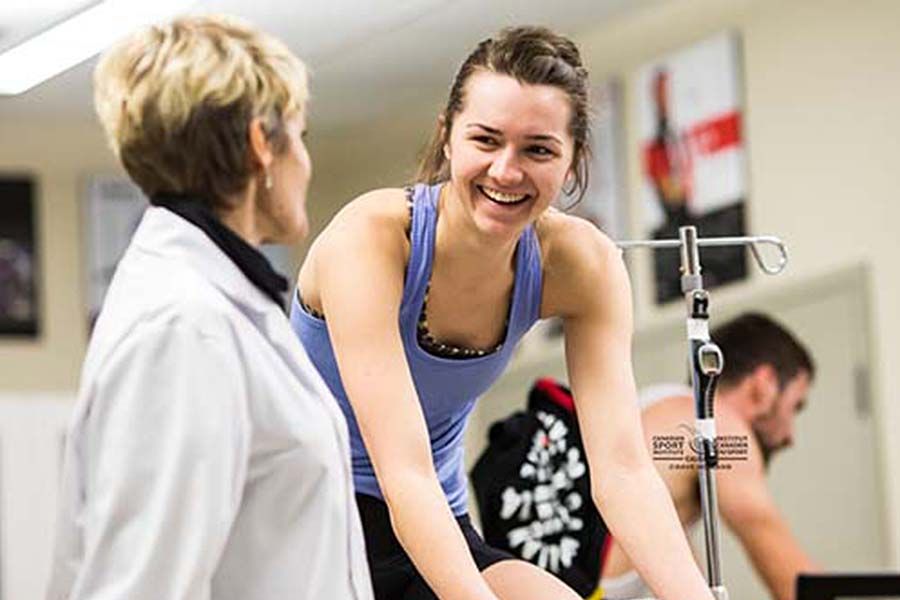![]()
By Ken Read
Each winter the Calgary region hosts up to seven annual World Cup events. Another four winter sports stage World Championship or quadrennial World Cups. Alberta is home to eight of the twelve winter National Sport Organizations. Canadian Sport Institute Calgary has matured into the largest of Canada’s seven Sport Institutes.
In 1981, when a fairly obscure western Canadian city called Calgary won the right to host the 1988 Olympic Winter Games, none of this existed.
So much has changed on the sport landscape in 35 years. But to really understand the legacy of 1988, you need to think back to what it was like to be in sport prior to 1981.
There was no Saddledome, no Olympic Oval. The Canmore Nordic Centre and Nakiska did not exist. Canada Olympic Park was everyone’s favourite city ski hill called Paskapoo. The administration of most winter sports operated out of Ottawa, under the watchful eye of Sport Canada. Calgary hosted the Brier and Skate Canada and had held the first-ever World Cup downhill at Lake Louise. The Flames were new in town, housed in the 6,500 seat Corral.
There certainly was a thriving winter sport community. International calibre Olympic talent had emerged from local clubs and programs in alpine ski racing, figure skating, speed skating and hockey. Local boosters wanted to run events to showcase Calgary, Alberta and the Canadian Rockies, to give home-grown athletes as well as other Canadian Olympic prospects and talent in emerging sports like freestyle and short track speed skating a chance to compete at home, to inspire local kids. But we lacked facilities and international experience.
So when Frank King galvanized a renewed Olympic bid from the Calgary Booster Club in 1979, he found a highly receptive audience and community.
I’m reflecting back to these early days of the 1988 Olympic bid, because it is so important to contrast what we take for granted today with what existed 35 years ago. No annual World Cups. No National Teams based in the province. Rare international events. No facilities.
It was an enormous amount of sweat equity, ingenuity and investment that revolutionized sport in Canada. We all know how successful the 1988 Games were. But the real success story started through the preparation and development as Calgary ramped up for ’88.
To prepare for the Games host cities are required to stage “pre-Olympic” events in all sports. A common-sense plan to test venues, give athletes a chance to train on Olympic sites, test logistics that range from transportation to security to pageantry, to train volunteers and work with partners that would include media, sponsors and funding agencies. The investment in people – volunteers and officials – delivered the capacity and know-how to organize annual World Cup events.Result: alpine skiing, bobsleigh, luge, skeleton and speed skating now are regular stops on the international calendar, with hockey, cross country skiing, biathlon, figure skating and curling hosting major events.
Successful annual events were bolstered by a will to build training environments. National Training Centres emerged as funding became available, with National Teams centralizing their year-round programs close to these venues.Result: National Training Centres are now established at Nakiska (alpine), Canmore (biathlon & cross country), the University of Calgary (speed skating), Canada Olympic Park (nordic combined and ski jumping; sliding track for bobsleigh, skeleton & luge).
With National Teams centralized in Alberta, it followed that once Sport Canada allowed the National Sport Organizations to move their head offices to logical locations (rather than Ottawa), the administration of each sport followed the athletes.Result: Calgary and Canmore are now home to Hockey Canada, Alpine Canada, Luge Canada, Bobsleigh/Skeleton Canada, Ski Jump Canada, Nordic Combined Canada, Cross Country Canada and Biathlon Canada.
As Canada established a network of Canadian Sport Centres across the country to support our athletes, with most winter sports housed in the Calgary region, it was a natural evolution that CSI-Calgary became the primary provider to winter sports. Sport Centres are the employer of the support teams that surround athletes including exercise physiologists, strength and conditioning coaches, biomechanics, dieticians, mental performance consultants, anthropometrists, biochemistry lab technicians, physicians, physiotherapists, athletic therapists, chiropractors and massage therapists.
Working with funding partners at the federal, provincial and municipal level, WinSport Canada established the Athlete Centre within Canada Olympic Park that is now one of the leading facilities for athlete training in the world.Result: CSI-Calgary has evolved to become Canada’s largest Sport Institute, now employing more than 75 professionals and working with 345 current and future Olympians/Paralympians and Pan-Am/Parapan athletes and hundreds of coaches, technicians, officials and volunteers working with sport organizations.
The steadily expanding sport expertise and availability of venues has easily accommodated the addition of new and emerging sports that were added to the Olympic program post-1988. First to be included were skeleton and freestyle (moguls and aerials), followed by snowboard (cross, alpine and half-pipe) and ski cross, then expanding to slopestyle and now big air.Result: skeleton, freestyle, snowboard, ski cross programs and events were merged into the Calgary and region sporting mix on venues that are arguably best in the world.
The circle of sport influence driven by the legacy of ’88 and the critical mass of sport expertise has continued to bring even more projects with a core sport focus to bolster the sector.Result: Canada’s Sport’s Hall of Fame, the winter offices of Own the Podium and National Sport School; complementing sport are the Human Performance Lab at the University of Calgary and Sport & Wellness Engineering Technologies (SAIT). Expertise along with bricks and mortar have gravitated to Calgary as a centre of sport excellence.
The human factor has enormous impact. From those who are passing through, to many who came and put down roots, Calgary and area have been transformed. Many recognizable names within the sport community have come from other countries and parts of Canada. They have brought professional credentials and sporting pedigrees. Their children have joined our clubs. Their leadership and expertise populate sport boards, event committees and administration of local, provincial and national organizations.Result: Hundreds of international athletes come to Canada each year for training and competition. Canadians from across the country centralize to Calgary each year for their National Team programs. Many have elected to stay. Hundreds of sport professionals who lead and support our sport programs have been recruited from around the world and now call Canada home.
Just imagine if you can, almost none of this existed in 1981.
The business of international sport is no different than any other business sector. To remain competitive, relevant and to thrive, infrastructure needs to be maintained. Excellence is fluid, with the bar constantly raised. The medium that presents sport to the world is in flux with the expectations of digital delivery and efficient broadcast servicing a requirement for all sporting events from the World Cup level and up. We have an enormous sport business now resident in the region, so a review of existing and potential facilities and the infrastructure necessary to keep our competitive edge is a prudent business decision.
It hasn’t all been sweetness and light through this journey. Mistakes have been made, but an Olympic bid is a once in a generation chance to learn, adapt and improve in the same way Calgary learned from the Montreal experience and Vancouver learned from Calgary. But on balance, without doubt, the 1988 Games have been good for the city and region, province and country and an enormous lift for Canadian sport. Even a review to evaluate a potential bid is a chance to refresh, reinvigorate, renew, redress and rebuild.
This bid is for an event 10 years from today. At the core, the focus of the feasibility study should be on where we, as a community and country, would like to see this thriving sector evolve to by 2050 and beyond. To inspire youngsters, lift the next generation of champions, transfer knowledge to new leaders and officials. At a time where diversification is high on the list of urgent needs for our economy, sport and the related sectors of tourism and communications can figure prominently.
When the IOC announced “Calgary!” in October, 1981, none of us truly imagined the possibilities. What a journey. As we now look forward, what opportunity awaits us .....
More from Ken Read’s blog: White Circus – Weiß Zirkus – Cirque Blanc
Canadian Sport Institute Calgary: @csicalgary
Photo by Dave Holland: @csicalgaryphoto
29/06/16
Partner, Sport Science Solutions, WinSport, University of Calgary, Game Plan, Performance Services, NextGen, Own the Podium, Sport Canada, National Sport Organization
